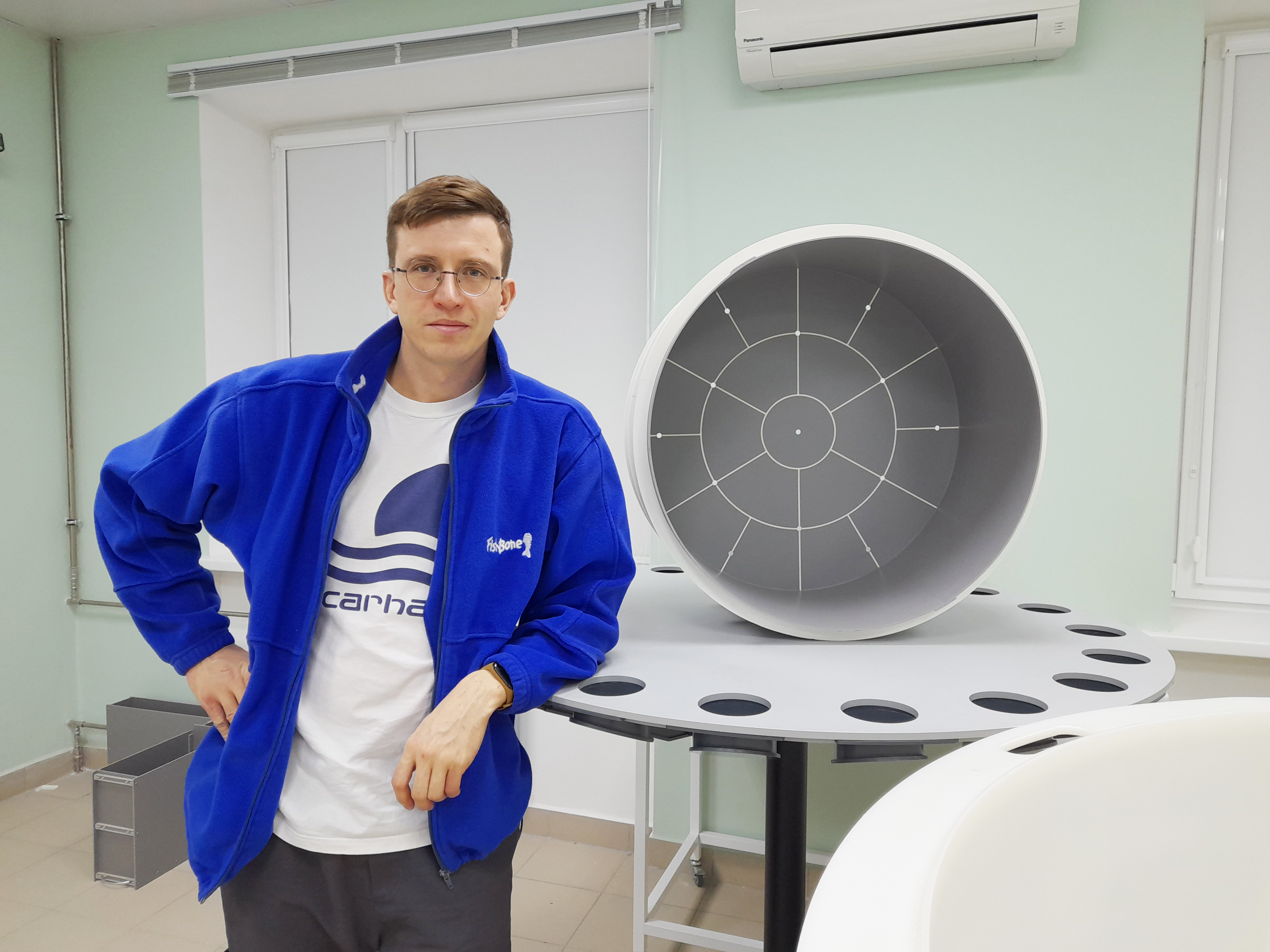LRB JINR studies effects of radiation with different physical characteristics on brain
Media, 22 February 2022
Employees of the Sector of Radiation Physiology of the Laboratory of Radiation Biology JINR have carried out a comparative analysis of behavioural reactions and morphological changes in the rat brain after exposure to ionising radiation with different physical characteristics. As a result of the study, scientists have detected memory and exploratory behaviour disorders, and irreversible pathological changes in various structures of the brain.
The American authoritative scientific journal Cellular and Molecular Neurobiology published an article about these scientific works in January 2022.
 Image: Springer
Image: Springer
The research was devoted to the solution of two important applied tasks. The first one was to determine short-range effects of space radiation exposure, such as solar flares, to spacecraft crews. The second task was to predict possible long-range reactions of normal brain tissues to radiation tumor therapy.
Both tasks are of great interest in the scientific community. A significant part of publications on the topic of studying animal behaviour after exposure to radiation includes research on young animals. While astronauts are always adults. Researchers carry out studies mainly on male animals. Meanwhile, there is evidence of some sex differences in radiation responses in animals . Moreover, the data obtained often differ, they include various types and doses of radiation used, different spatial distribution.
During the research, scientists exposed to radiation three groups of adult female rats. Animals were exposed to different types of ionising radiation at a dose of 1 Gy: gamma radiation of 60Co at the ROCUS-M device of the JINR Medico-Technical Complex, and 170 MeV and 70 MeV protons (at the Bragg peak) at the Phasotron of the Laboratory of Nuclear Problems. The 4th group of rats, the test group, consisted of a separate cohort of animals. These animals were in the same conditions, went through similar stress, but they were not irradiated.
During the research, scientists evaluated behavioural reactions of rats (the level of motor activity, exploratory behaviour, anxiety, and short-term memory) and various patho-morphological changes in the brain.
“A dose of 1Gy is comparable to the dose that an astronaut will receive during the entire time of the Martian expedition. It does not cause serious visible manifestations of radiation sickness,” a co-author of the study, a researcher of the LRB Sector of Radiation Physiology Yuri Severyukhin explained. “If we exposed animals to radiation at a dose of 7-8 Gy, they would get sick. There would be problems with intestines, the hematopoietic organs would reduce, the blood composition would rapidly change, the general condition would alter. A dose of 1 Gy does not anyhow affect the appearance of animals, but it changes, for example, the blood composition and the subtle processes of the central nervous system. This is what we wanted to study.”
After exposure to ionising radiation, scientists tested animals for possible cognitive abnormalities. The irradiation led to a disturbance of memory, a decrease of overall motor activity and exploratory behaviour, a rise in anxiety. The changes in such physiological parameters of animals as the blood composition, the body weight of rats, the weight of the thymus, and the weight of the spleen were evaluated. Scientists made the preparations of the brain of rats and analysed histological images.
The study of morphological changes in the rat brain detected pathological irreversible changes in the hippocampus, cerebellum, ventricle. It revealed protein metabolism disorders, such as the formation of amyloid plaques, and dystrophic changes. Scientists indicated the development of neuronal hypertrophy in the cerebellum and hippocampal hilus based on neuron size measurements. They observed the reduction of the cell population. It led to the reduction of the number of ependymal cells that determine the functions of the blood-brain barrier.
Nowadays, researchers are carring out a new experiment. They are observing the behaviour of animals during 450 days after the irradiation. It will allow tracking long-term memory damages. Researchers are also going to study the radiation effects of heavier particles present in space on the brain. Such experiments will be possible at the NICA collider in the future.
